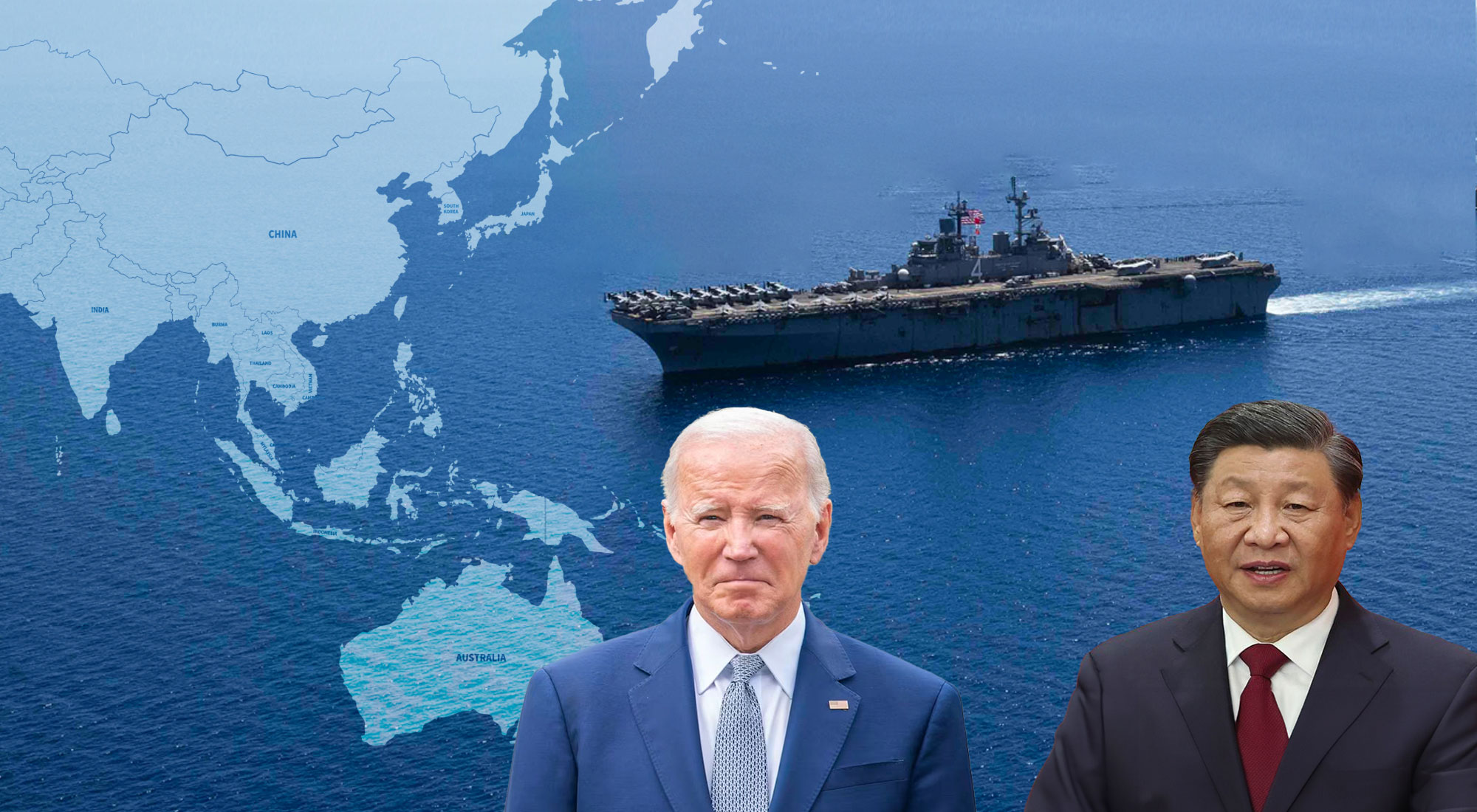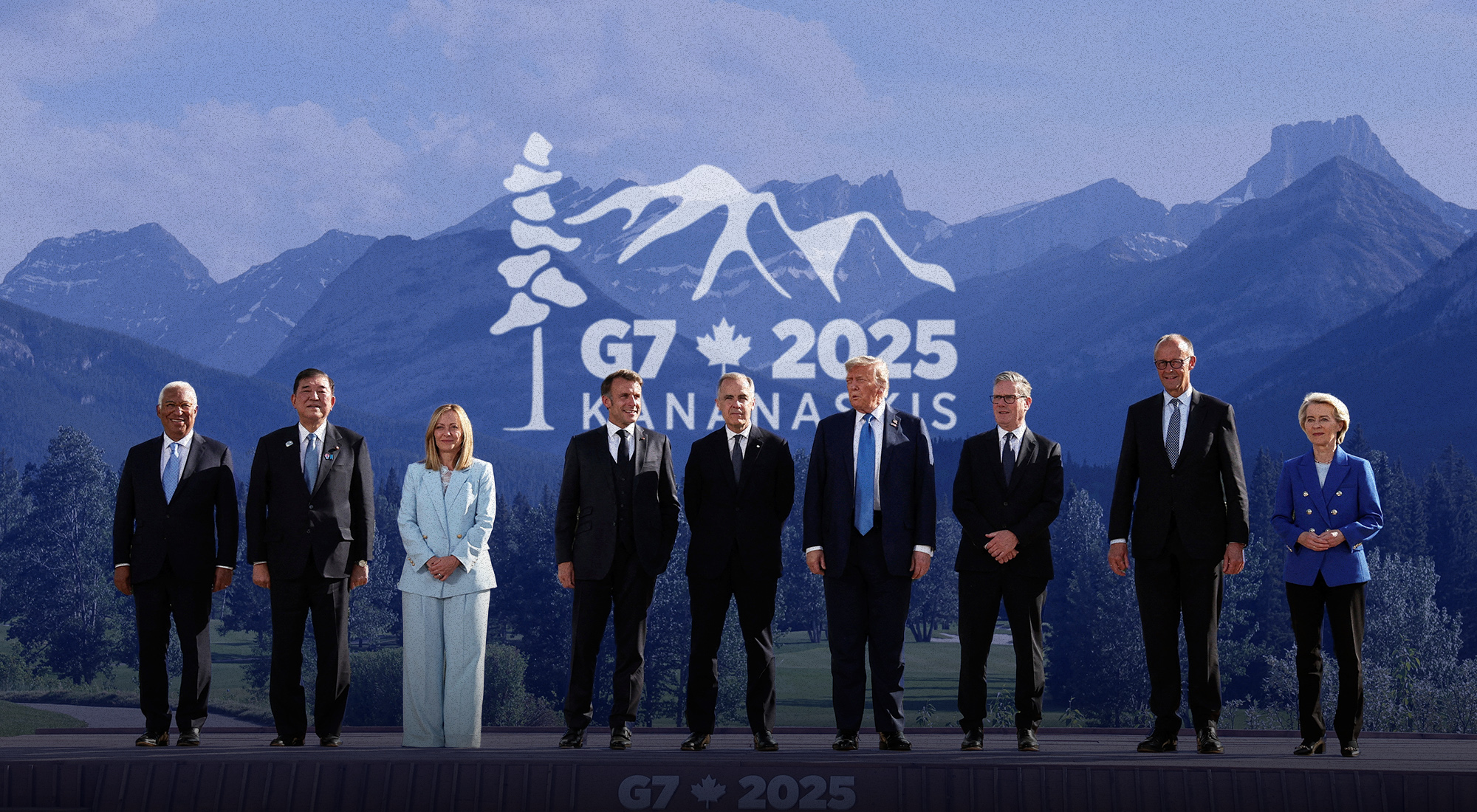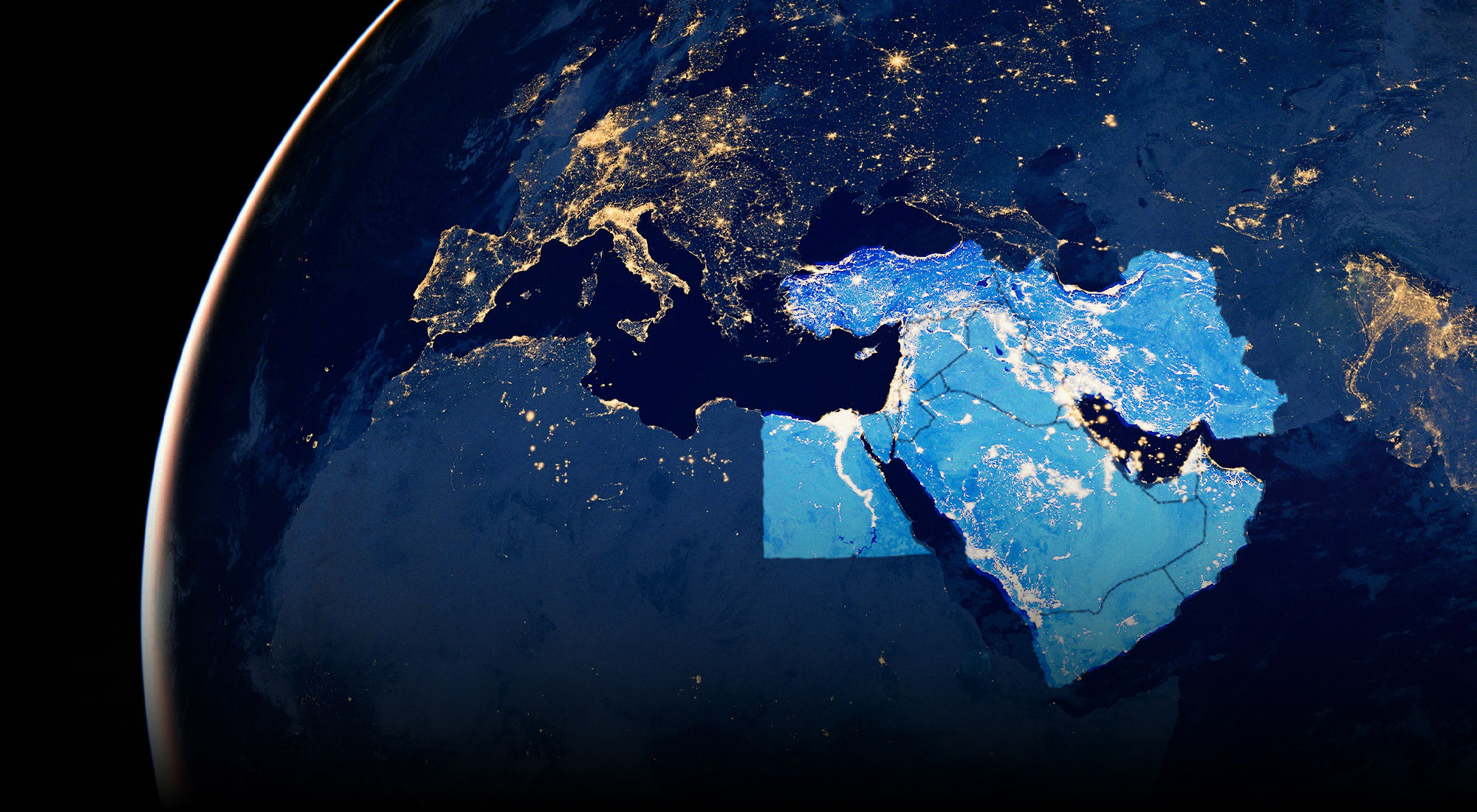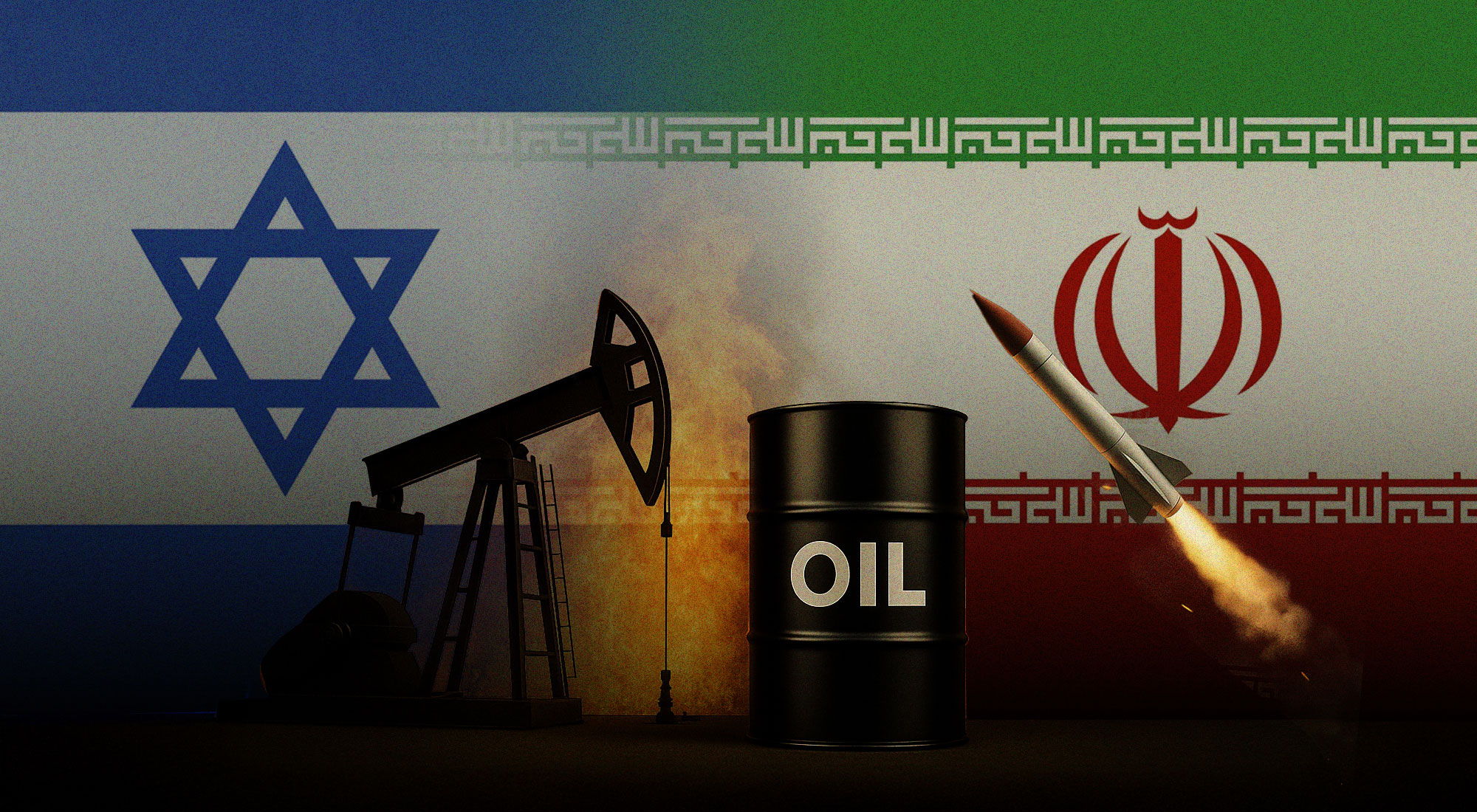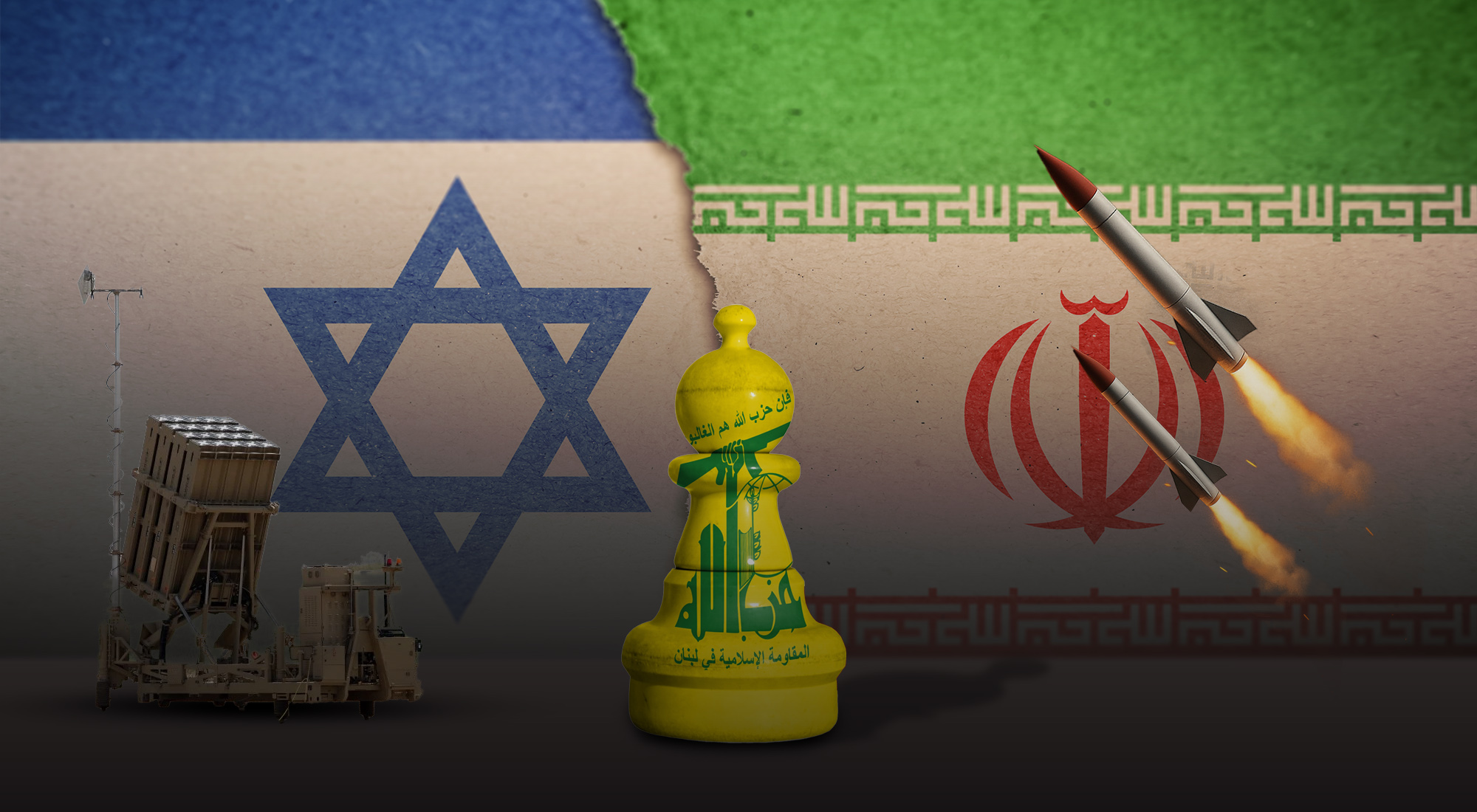“We’re back to direct, open, clear communication,” U.S. President Joe Biden triumphantly declared following his meeting with Chinese paramount leader Xi Jinping on the sidelines of the Asia-Pacific Economic Cooperation (APEC) Summit in San Francisco. “[W]e’re going to continue to preserve and pursue high-level diplomacy with [China] — in both directions — to keep the lines of communication open,” the U.S. president added, emphasizing the importance of direct, personal diplomacy amid heightened great power competition. “He and I agreed that either one of us can pick up the phone and call directly.”[1]
The outcome of the meeting was an agreement to fully restore military-to-military communication channels atop a whole series of bilateral strategic dialogues among top economic agencies. On his part, Xi underscored his commitment to ensure bilateral ties with Washington remain “stable, healthy and sustainable” under his watch.[2] With an eye on the future, Xi also met California’s charismatic Governor Gavin Newsom, who gifted his special guest, a known basketball aficionado beaming with a smile, a Golden State Warriors Jersey.[3]
Just weeks earlier, Newsom had become the first American governor to visit Beijing in almost half a decade. That meeting went particularly well, with both sides pursuing a long-term strategic cooperation deal under the “Declaration of Enhanced Subnational Climate Action and Cooperation Between the State of California and the People’s Republic of China.” This was significant since California is not only the richest state in the U.S., but Newsom is also increasingly seen as a potential presidential candidate in the near future.[4]
Xi turned up the charm a notch during his highly anticipated meeting with American business titans, where the Chinese leader sought to reassure foreign investors by pitching his country’s economic potentials as well as underscoring his commitment to a win-win relationship with the West. “Whatever stage of development it may reach, China will never pursue hegemony or expansion, and will never impose its will on others. China does not seek spheres of influence, and will not fight a cold war or a hot war with anyone,” Xi told his applauding audience. “[N]o matter how the global landscape evolves, the historical trend of peaceful coexistence between China and the United States will not change.”
The APEC summit also served as a rare chance to meet America’s top allies, most especially the Philippines, which has been at loggerheads with the Asian superpower in the South China Sea. By all indications, the meeting went smoothly and was broadly constructive. “I do not think anybody wants to go to war,” Philippine President Ferdinand Marcos Jr. said following his meeting with Xi. “We really should view this as a work in progress. It’s a process,” the Filipino leader added[5] when asked about concrete moves towards de-escalating tension and avoiding armed conflict in the hotly disputed waters.[6]
Overall, the APEC summit represented yet another major diplomatic milestone towards cooling tensions between the world’s two most powerful nations. The coming year, however, will test the Sino-American détente anew, beginning with high-stakes elections in Taiwan and increasingly risky tussles over the Second Thomas Shoal in the South China Sea. Not to mention, the upcoming elections in the U.S. will likely add to bilateral tensions, since top American candidates are expected to take increasingly protectionist and hawkish stance on foreign policy issues.
Dark Clouds Over the Horizon
For almost a whole year, Xi neither met Biden nor his Filipino counterpart, who adopted an increasingly assertive stance against China after a state visit to Beijing in January, which fell short of producing concrete compromises on issues of mutual concern. A whole series of diplomatic spats, beginning with China’s “spy balloon” incident and U.S. tech sanctions against Chinese companies, undermined whatever goodwill was generated by the summit between the Chinese and American leaders in Bali, Indonesia, last year.[7]
In retrospect, the disconcerting direction of Sino-American relations was far from inevitable. If anything, many expected the opposite under a Democratic administration in the White House. To begin with, Biden himself boasted about the depth of his special ties with Xi. Earlier this year, the U.S. president claimed that he had met the Chinese paramount leader on, at least, 20 occasions and, accordingly, spent 85 hours and traveled up to 17,000 miles with Xi throughout the past decade.[8] Having built rapport with his Chinese counterpart when both were vice-presidents, Biden even spoke of the need for “strategic empathy” in dealing with the Asian nation.[9]
Thus, few openly questioned the U.S. president’s claim that he had an element of intimate knowledge of Xi, thus placing him in a unique position to oversee the most consequential bilateral relationship of the 21st century. Upon closer examination, however, it was clear that the U.S. was risking a more contentious relationship with China as soon as Biden adopted his predecessor’s hawkish policies. Economically, he adopted an element of Trumpian protectionism by pushing for, among others, his own “Made in America” agenda.
Barely two years into office, the Biden administration successfully pressed for three key legislations: the CHIPS and Science Act, the Inflation Reduction Act, namely the Bipartisan Infrastructure Law, which corralled trillions of dollars in American taxpayers money to revitalize American manufacturing prowess.
To China’s chagrin, however, the U.S. also proceeded with a wave of unprecedented sanctions targeting China’s national champions, especially in cutting-edge sectors such as semiconductor production. A top American think tank described this as nothing less than a “new U.S. policy of actively strangling large segments of the Chinese technology industry.”[10]
Meanwhile, the Pentagon mobilized an “integrated deterrence” strategy by fortifying minilateral and trilateral alliances, namely with Japan, South Korea, Australia and the Philippines, as well as building new strategic partnerships with likeminded nations such as India, Vietnam, and Indonesia. America’s top diplomat left little to speculation when he publicly warned that China “is the only country with both the intent [and ability] to reshape the [U.S.-led] international order.”
In response to bellicose rhetoric from Washington, Beijing began warning against “Cold War mentality” and, in its view, any form of “containment” strategy against the rising Asian power.[11] To make matters worse, Biden embraced a more ideologically-driven agenda, which placed supposed “democracy promotion” at the heart of his foreign policy, thus effectively portraying non-Western superpowers such as China as rivals.[12] Despite holding two relatively cordial meetings with Xi, however, it’s unlikely that Biden or any alternative successor will embrace a more dovish policy towards China for the foreseeable future.
First, the U.S. is heading into an election that will likely see a rise to the bottom in terms of China-bashing. Republican accusations that the U.S. leader caved in to the Chinese leader in “exchange for a series of meaningless working groups and engagement mechanisms” are likely a forestate of what’s to come next year.[13]
Flashpoints
Beyond a newfound sense of strategic urgency, the U.S. political class is also responding to public sentiment. A recent authoritative survey showed that as many as four out of five Americans expressed unfavorable views of China, with two-thirds describing the Asian superpower as a “critical threat” to America and its global leadership.[14] According to a 2023 Gallup survey, Americans see China (50 percent) as the greatest source of external threat, far ahead of Russia (17 percent) and North Korea (2 percent).[15] Biden will likely adopt a hawkish stance towards China, not only in response to public clamor but also because there is deep public skepticism over his ability to stand up to the Asian superpower.[16]
Whether it’s Trump or any other rising Republican star, there is no shortage of China hawks on the other side of the fence in next year’s U.S. presidential elections. Nevertheless, an even greater source of concern is another election, namely the ongoing race to determine the leader of the self-ruling island of Taiwan.
Lest we forget, the most troubling moment in Sino-American relations in recent years came on the heels of former Speaker of the House Nancy Pelosi’s controversial visit to Taiwan in mid-2022, which provoked massive diplomatic retaliation and unprecedented wargames in the Western Pacific by China’s People’s Liberation Army. The so-called “Fourth Taiwan Straits Crisis” dragged on for months until Biden and Xi agreed to establish guardrails in their bilateral relations before the end of the year.[17]
China considers Taiwan a “renegade province,” so it has firmly opposed any formal attempts in Taipei to move towards full independence. According to polls, Lai Ching-te, vice-president and the ruling Democratic Progressive Party’s (DPP) presidential candidate, is the overwhelming favorite in next year’s elections. His party, the DPP, has long championed Taiwan’s de facto independence, and there are fears that it may eventually move towards asserting this in legal and geopolitical terms under a more adventurous and zealous leadership.[18]
Though Lai has walked a tightrope on the issue, his choice of Taiwan’s high-profile former de facto ambassador to the U.S., Hsiao Bi-khim, as his running mate has raised alarm bells in Beijing. Hsiao has faced several sanctions by Beijing, which has described her as a pro-Taiwan “independence diehard.” Chinese state television recently lambasted the Lai-Hsiao team as “colluding villains,” warning of a decisive response should the pair press ahead with provocative moves if and when they assume leadership next year.[19]
Though mum on his next moves, Lai subtly appeared to have pro-independence sentiments among voters when he described his ticket in unmistakably patriotic terms: “We both deeply love this land, passionately love this country.”[20]
Another major flashpoint between the two superpowers is in the nearby South China Sea, where China has been at loggerheads with the Philippines, a U.S. treaty ally, over a whole host of disputed features, most notably the Second Thomas Shoal. Not long after Marcos Jr.’s visit to Beijing, the Philippines adopted a more assertive stance in the disputed waters by, among others, aggressively exposing China’s alleged violation of Philippine sovereign rights in the area, fortifying its facilities in the Spratly group of islands, as well as conducting joint aerial and naval patrols with allies across the South China Sea.[21]
Most troublingly, China and the Philippines have been dueling over the Second Thomas Shoal, where a small Filipino marine force has been stationed over a grounded vessel, the Sierra Madre, which serves as Manila’s de facto base in the area.
China claims that the shoal is part of its territories in the South China Sea, under the so-called “nine-dashed-line” doctrine, thus pressing the Philippines to vacate the area. On its part, Manila maintains that, based on a 2016 arbitral tribunal ruling under the United Nations Convention on the Law of the Sea, the Second Thomas Shoal cannot even be claimed as a sovereign territory since it’s simply a low-tide elevation within the Philippines’ own exclusive economic zone. But China has rejected the arbitral ruling in the South China Sea, questioning both its jurisdiction and final judgment.[22]
Both sides have shown little sign of compromise so far. To strengthen its bargaining position, the Southeast Asian country has expanded defense cooperation with traditional partners, most especially the U.S. and Japan, which are seeking expanded military access to Philippine bases near both Taiwan and the South China Sea.[23]
Despite repeated warnings by China, the Philippines is also pressing ahead with plans to refurbish its de facto base in the Second Thomas Shoal. In response, the Asian superpower has stepped up its naval and paramilitary deployments to the disputed area in order to reinforce its own claim.
Rising assertiveness by both sides has led to multiple collisions with Philippine resupply vessels. There is also a risk of a direct clash between the superpowers: a Chinese fighter jet came within 10 feet of an American B-52 bomber flying over the disputed waters in a show of support for the Philippines.[24]
Conclusion
Deeply troubled by the trajectory of the disputes, neighboring Singapore’s traditionally subtle prime minister openly cautioned Manila’s leaders: “Are you sure you (Filipinos) want to get into a fight where you will be the battleground?”[25]
With each side pressing its advantage, there is a growing chance of unwanted clashes and, in the absence of robust diplomacy, even armed conflict in Asia. And given America’s treaty obligations and the growing bipartisan anti-China sentiment in Washington, the prospect of a great power confrontation is far from impossible.
Nevertheless, as the Xi-Biden summits in both Bali (2022) and San Francisco (2023) showed, there is a significant appetite for establishing mutually beneficial guardrails. The re-establishment of institutionalized dialogue among the superpowers is a welcome development, as is the constant effort by Indo-Pacific middle powers and smaller nations to help mediate between the two superpowers.
Next year will be pregnant with geopolitical challenges, but fortunately there is sufficient strategic maturity on all sides to prevent rising rivalry from turning into open conflict. With responsible statesmanship by all protagonists, the U.S. and China can even explore long-term “healthy rivalry” in the world’s most important region.
[1] Matza, Max & Gareth Evans, “US and China agree to resume military communications after summit,” BBC News, November 16, 2023, https://www.bbc.com/news/world-us-canada-67411191.
[2] Ibid.
[3] “Xi gifted a Golden State Warriors jersey by California governor,” China Daily, November 17, 2023,
https://www.chinadaily.com.cn/a/202311/17/WS655719fea31090682a5eeccb.html.
[4] See copy of joint declaration here, https://mclist.us7.list-manage.com/track/click?u=afffa58af0d1d42fee9a20e55&id=34c9660cb&e=0b26ba1b5c.
[5] Niel Jerome Morales, “Philippines’ Marcos meets China’s Xi to find ways to reduce South China Sea tensions,” Reuters, November 20, 2023.
[6] Richard Javad Heydarian, “Gamechanger: Ferdinand Marcos Jr. pivots back to the US amid a new Cold War in Asia,” Trends Research & Advisory, July 10, 2023,
[7] “What to Expect from the APEC Summit in San Francisco,” Voice of America, November 13, 2023, https://learningenglish.voanews.com/a/what-to-expect-from-the-apec-summit-in-san-francisco/7353028.html.
[8] Josh Rogin, “Opinion Biden risks falling into Xi’s trap,” Washington Post, November 14, 2023,
https://www.washingtonpost.com/opinions/2023/11/14/biden-xi-china-meeting-trap/.
[9] Michael Crowley, “‘Strategic Empathy’: How Biden’s Informal Diplomacy Shaped Foreign Relations,” The New York Times, July 5, 2020,
https://www.nytimes.com/2020/07/05/us/politics/joe-biden-foreign-policy.html.
[10] Grey Anderson, “Strategies of Denial,” New Left Review. June 15, 2023, https://newleftreview.org/sidecar/posts/strategies-of-denial.
[11] Ibid.
[12] Baogang He, “Biden’s misguided framing of US-China rivalry as democracy versus autocracy,” East Asia Forum, December 7, 2023, https://www.eastasiaforum.org/2021/12/07/bidens-misguided-framing-of-us-china-rivalry-as-democracy-versus-autocracy/.
[13] Matza, Max & Gareth Evans, 2023, op. cit.
[14] Ian Prasad Philbrick “If Biden Wanted to Ease U.S.-China Tensions, Would Americans Let Him?,” The New York Times, June 27, 2023, https://www.nytimes.com/2023/06/27/upshot/us-china-cold-war.html.
[15] Megan Brenan. “Record-Low 15% of Americans View China Favorably,” Gallup, March 7, 2023,
https://news.gallup.com/poll/471551/record-low-americans-view-china-favorably.aspx.
[16] Ian Prasad Philbrick, 2023, op. cit.
[17] Richard Javad Heydarian, “The world’s most dangerous place: Taiwan amid US-China rivalry and the future of the Indo-Pacific,” Trends Research & Advisory, April 11, 2023, https://trendsresearch.org/research.php?id=40&title=The_world’s_most_dangerous_place:_Taiwan_amid_US-China_rivalry_and_the_future_of_the_Indo-Pacific.
[18] Ben Blanchard, “Taiwan election is a choice for democracy or China, frontrunner says,” Reuters. November 21, 2023,
https://www.reuters.com/world/asia-pacific/taiwan-election-about-choosing-whether-embrace-china-frontrunner-says-2023-11-21/.
[19] Ibid.
[20] “Taiwan election about choosing whether to embrace China, says presidential front runner Lai,” Straits Times, November 21, 2023,
https://www.straitstimes.com/asia/taiwan-election-about-choosing-whether-to-embrace-china-frontrunner-says
[21] Richard Javad Heydarian, “China-Philippines testing the waters of a short sharp war,” Asia Times, October 23, 2023, https://asiatimes.com/2023/10/china-philippines-testing-the-waters-of-a-short-sharp-war/.
[23] Ibid.
[24] Meghann Myers, “Chinese jets ramp up incidents with US aircraft, new videos show,” Military Times, October 18, 2023,
[25] See Singapore Prime Minister Lee’s statement here, https://www.pmo.gov.sg/Newsroom/PM-Lee-Hsien-Loong-at-the-Bloomberg-New-Economy-Forum-2023.



